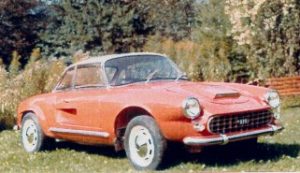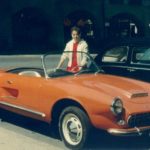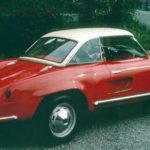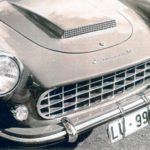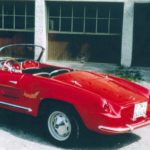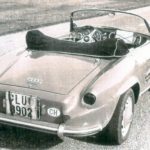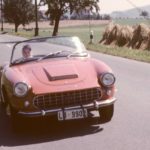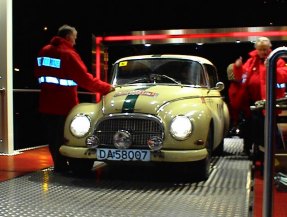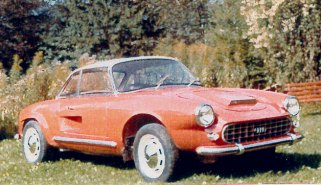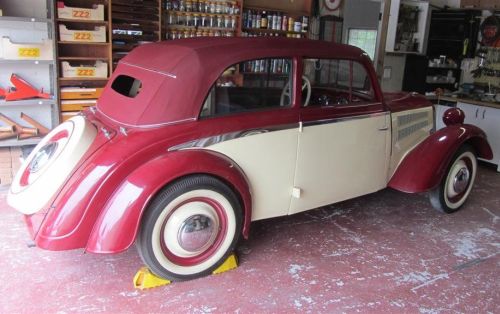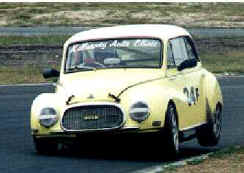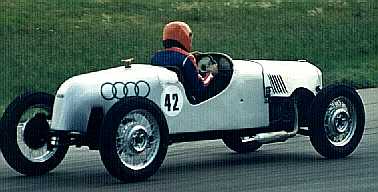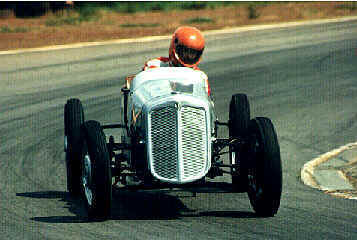Posted by CoetzeeWD
in on June 18, 2017
Posted by CoetzeeWD
in on June 18, 2016
Posted by CoetzeeWD
in on June 18, 2016
Posted by Hans Matter
in on May 4, 2016
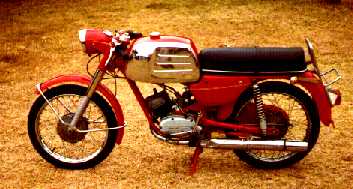
1970 DKW TS159
DKW started Motorcycle production in 1919 at
Zschopau, Germany. By the 1930’s DKW was the
world’s largest motorcycle manufacturer and one of
the leading motorcycle racing teams.
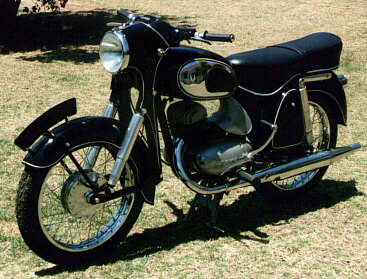
1958 DKW RT200VS
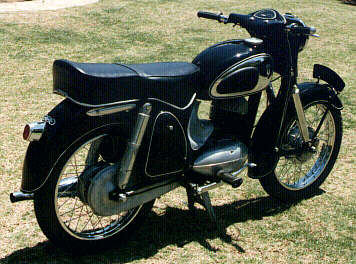
1958 DKW RT200VS
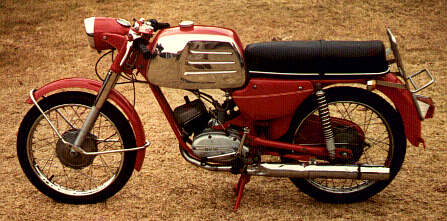
1970 DKW TS159
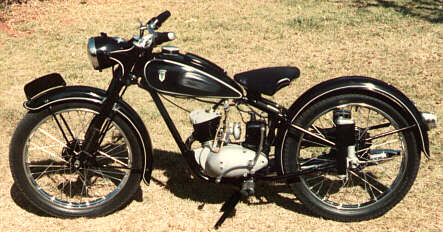
1954 DKW RT125
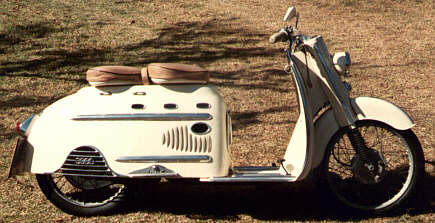
1957 DKW Hobby
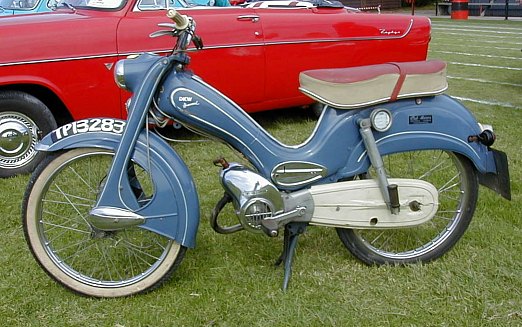
1958 DKW Hummel
Posted by Hans Matter
in on May 4, 2016
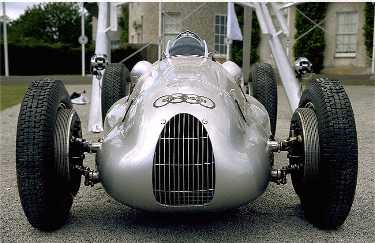
1938 Auto Union D-Type
We express our sincere thanks to Gregor Schulz who’s
photographs, taken at the 1999 Goodwood Festival of Speed,
have substantially contributed to the content of this page!
Few people realise today, how successful
Auto Union was in dominating Grand
Prix racing during the thirties and how
many World Records, with speeds of up
to 440km/h they held, and how Audi is
continuing this racing tradition
Auto Union developed a revolutionary new Grand Prix car, under the
direction of Dr. Ferdinand Porsche, with 12- and 16-cylinder engines
installed behind the driver, with independent suspension and
aerodynamic bodies. These cars dominated car racing and set a host
of world records during the late thirties.
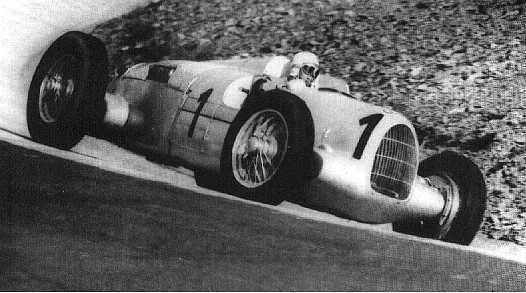
In 1937 Auto Union
amazed the world with these
12- & 16- cylinder Ra...
Posted by Hans Matter
in on April 13, 2016

1931 DKW F-1 600cc
This car is one of the pioneers of front wheel drive,
which has continued to be used to this day by Audi.
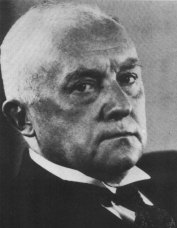
Jörgen Skafte
Rasmussen
Danish engineer Jörgen Skafte Rasmussen was the originator of the
DKW, derived from Dampf – Kraft – Wagen (Steam powered
vehicle), since Rasmussen’s first design was a light steam car,
produced in 1916.
Rasmussen’s DKW engine, which went into production as a
motorcycle engine in 1919 in Zschopau, Germany, was a
very important development. By the 1930’s DKW was the
world’s largest motorcycle manufacturer.
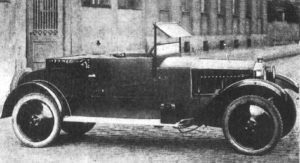
The 1927/28 DKW P-15
with rear wheel drive and
a 500cc engine
In 1928 the engine was upgraded to power the first DKW car.
The same engine design was later adapted to power SAAB
motorcars and the Trabant in East Germany, where it conti...
Posted by CoetzeeWD
in on April 9, 2016
Posted by CoetzeeWD
in on April 2, 2016
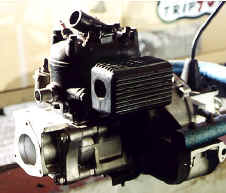
Early (1929) two cylinder DKW rear wheel drive
Rasmussens DKW engine was a simple, but effective
design, with very few moving parts, which powered his
motorcycles from 1919. By 1929 DKW was the world’s
largest motorcycle manufacturer. The same basic engine
design was adapted for the DKW and Auto Union cars
and later also for SAAB and Trabant

The first 1927 DKW car engine,
which is the 2-stroke 2-cylinder 500cc unit for the F1
rear wheel drive car
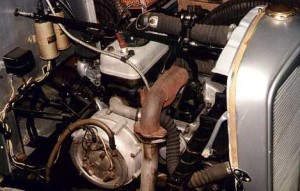
The 2-stroke 2-cylinder 690cc F-7 Engine of Boet Ferreira’s
1937 DKW Racing Special
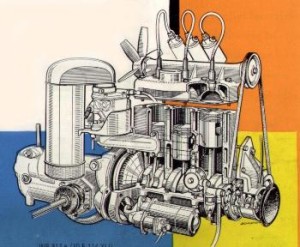
The 2-stroke 3-cylinder
900cc DKW Engine
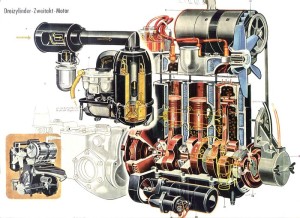
The 2-stroke 3-cylinder
1000cc DKW Engine
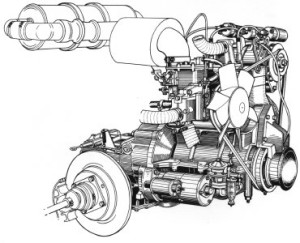
The 2-stroke 3-cylinder
1200cc Engine
of the DKW F-102
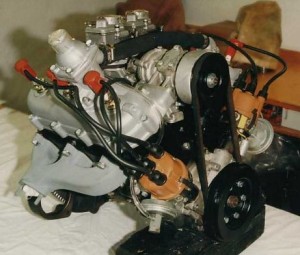
The 2-stroke
V-6, 1300cc Engine
Photo: Martin Hesse
A 1000cc 2-stroke V-6 engine was developed for additi...
Posted by CoetzeeWD
in on March 26, 2016
Posted by CoetzeeWD
in on March 15, 2016


